No Fear Coding Book
2nd Edition: Copyright 2021
Coding and computational thinking are among the skills that will serve students well in the future. Coding goes beyond websites and software; it is an essential component in finding solutions to everyday problems. Computational thinking has many applications beyond the computer lab or math class. It teaches reasoning, creativity and expression. This is an innovative way to demonstrate content knowledge and see mathematical processes in action.
This new edition of the popular book No Fear Coding offers current research, updated tools and more cross-curricular connections for K-5 teachers to integrate into their classes.
No-Fear Coding shows K-5 educators how to teach young learners how to code by bringing it into their curriculum by embedding computational thinking skills into activities for every content area. At the same time, embedding these skills helps students prepare for coding in the middle grades as they build their knowledge. To help teachers easily and effectively introduce code, the book features: classroom-tested lessons and activities designed for skills progression; ready-to-implement code teaching exercises that can be incorporated across the curriculum; alignment to ISTE and Computer Science Teachers Association (CSTA) standards; and case studies and explorations of technology tools and resources to teach young learners how to code.
“If you’re interested in , No Fear Coding is an excellent resource with a wide variety of strategies and activities that is also an incredibly approachable read, even for teachers who have no background in coding or computer science.” — EdTech Roundup
This book is part of the ISTE Computational Thinking and Coding in the Classroom Series.
The K-12 computer science framework provides a unifying vision to guide computer science from a subject for the fortunate few to an opportunity for all. The major themes within this framework focus on:
- Equity. Issues of equity, inclusion, and diversity are addressed in the framework’s concepts and practices, in recommendations for standards and curriculum, and in examples of efforts to broaden participation in computer science education.
- Powerful ideas. The framework’s concepts and practices evoke authentic, powerful ideas that can be used to solve real-world problems and connect understanding across multiple disciplines (Papert, 2000).
- Computational thinking. Computational thinking practices such as abstraction, modeling, and decomposition intersect with computer science concepts such as algorithms, automation, and data visualization.
- Breadth of application. Computer science is more than coding. It involves physical systems and networks; the collection, storage, and analysis of data; and the impact of computing on society. This broad view of computer science emphasizes the range of applications that computer science has in other fields.
No Fear Coding helps teachers put this all into practical use in the classroom. There’s no guesswork left for teachers.
For large purchases of 20+ copies please CLICK HERE and complete the quote request. This will allow you to receive a discounted rate. Additionally, you can also request information regarding the correlated online book study course, designed by the author herself.
As an Amazon Associate, EDGEucating earns from qualifying purchases

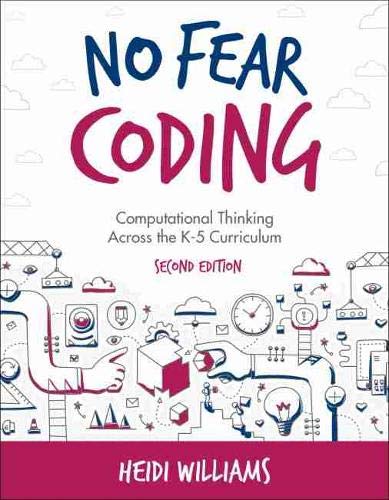
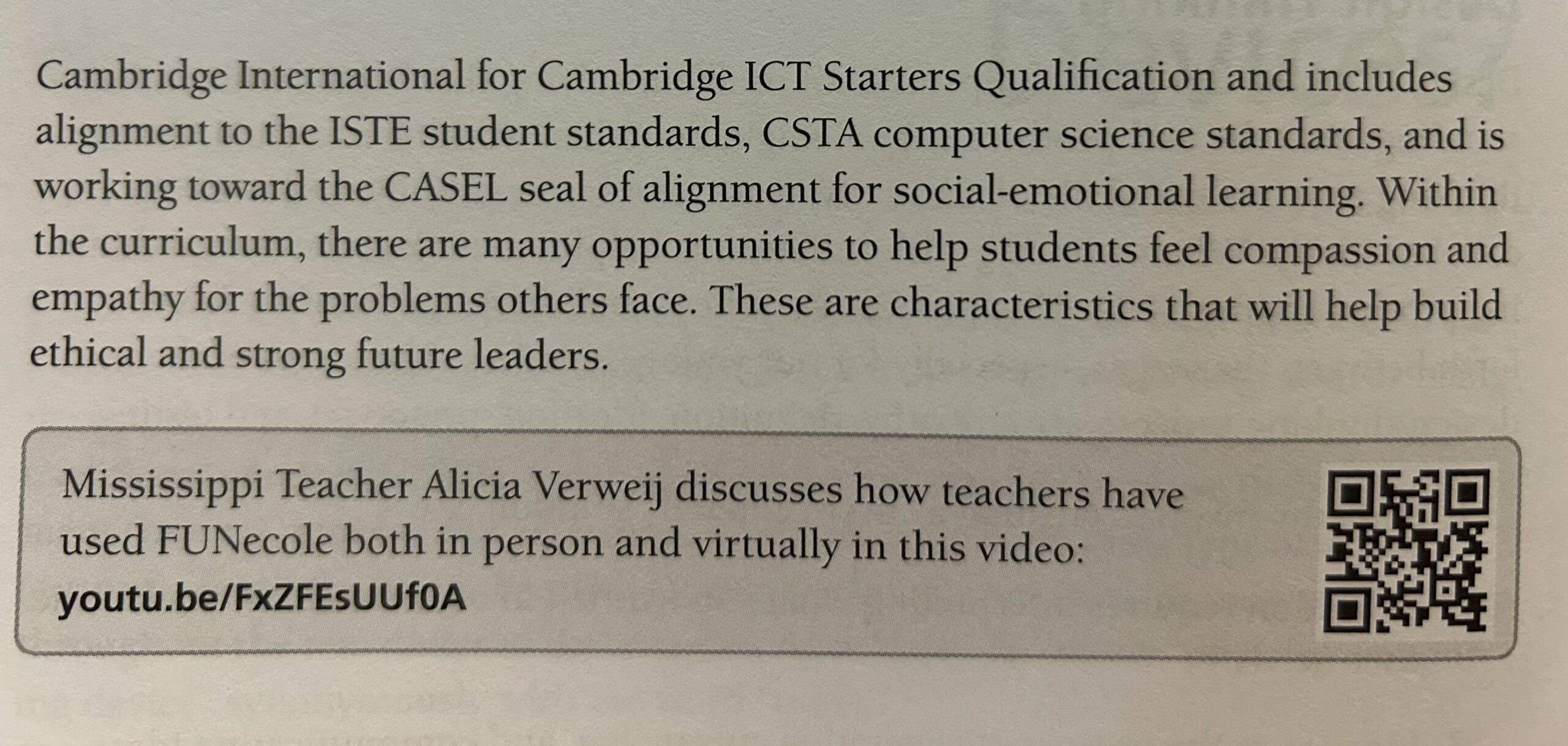
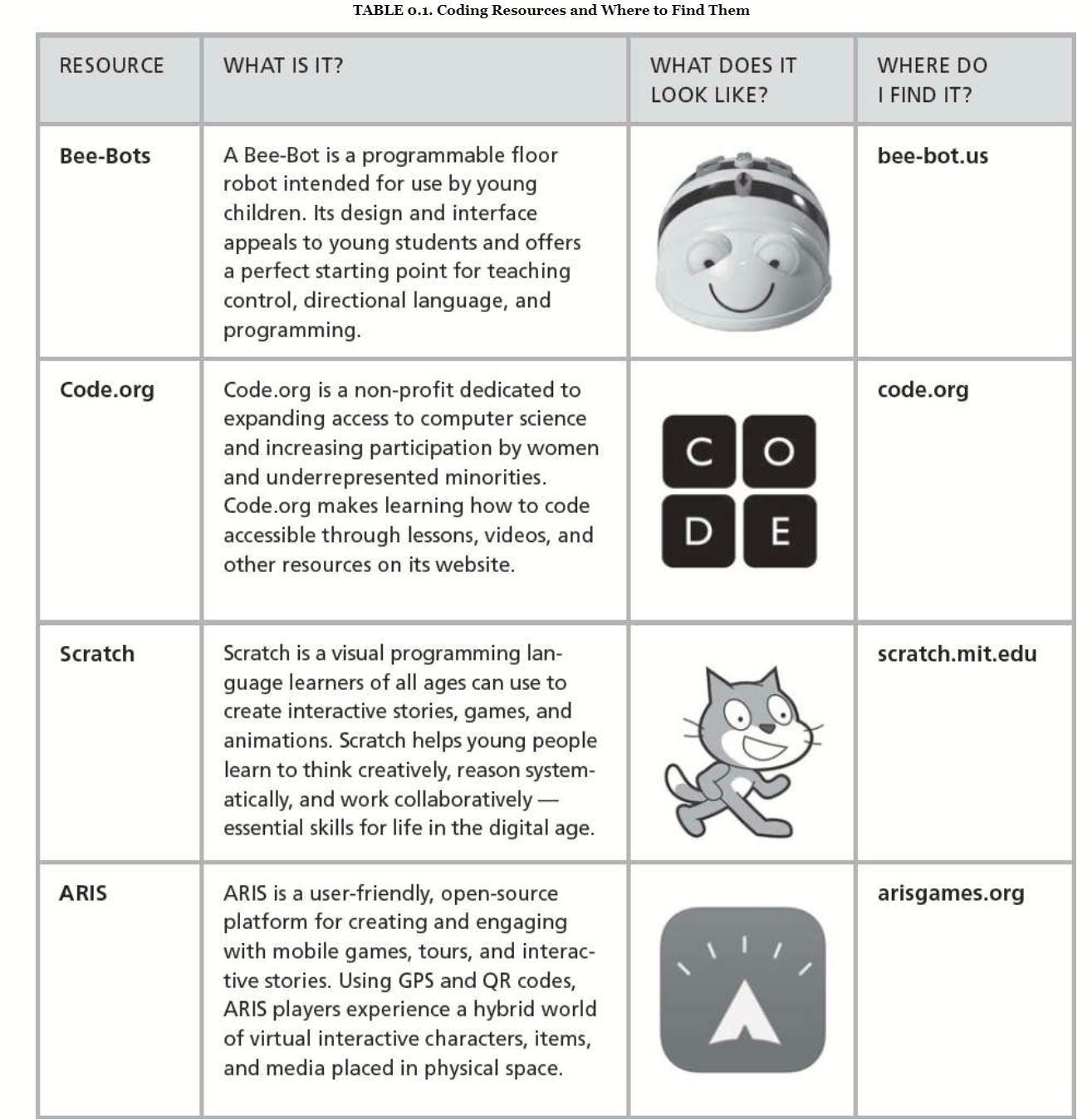
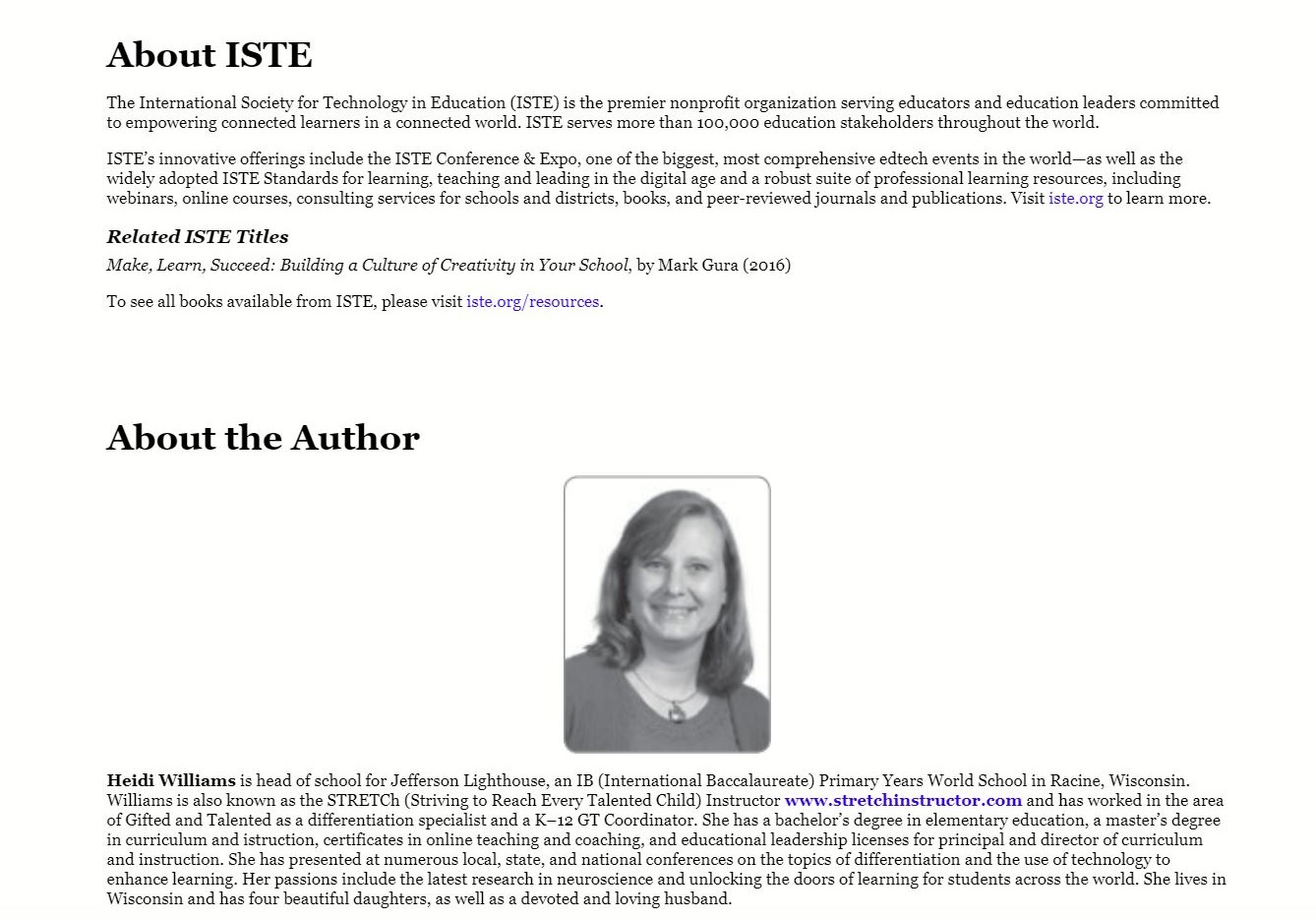
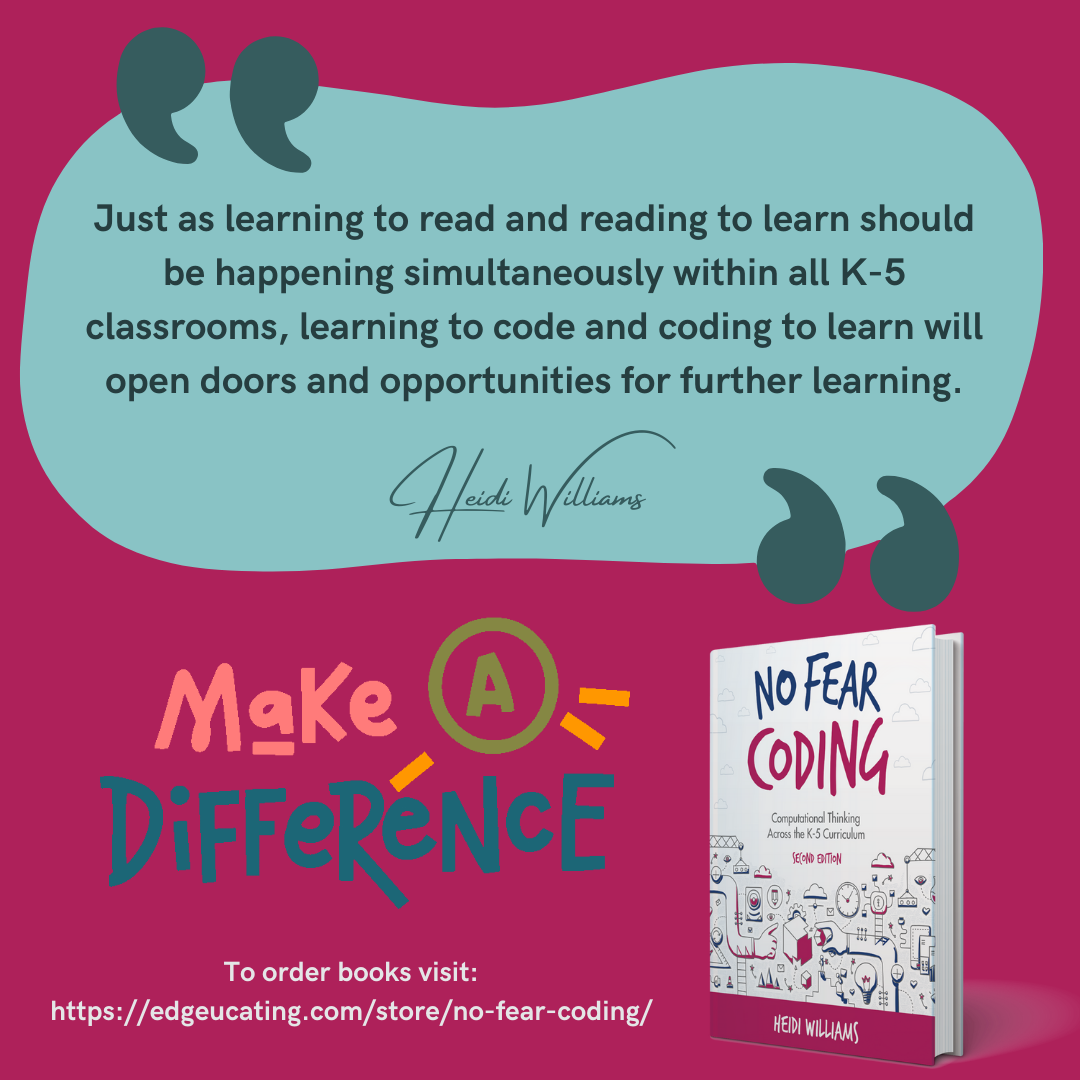

Reviews
There are no reviews yet.